What is In-Use Stability?
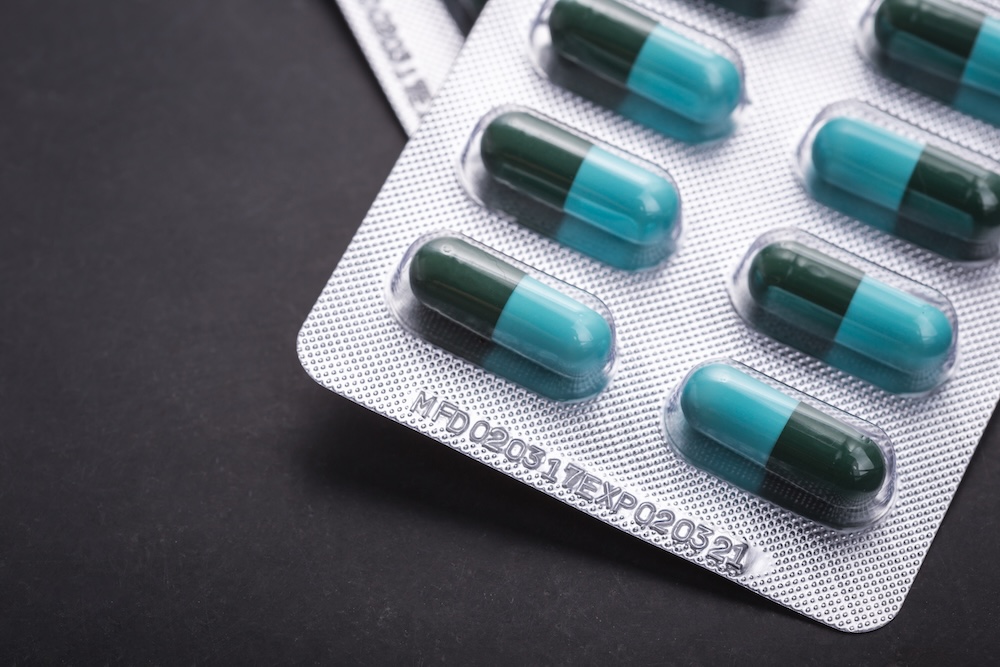
An in-use stability study is performed to evaluate the chemical, physical, microbiological, and functional integrity of a pharmaceutical product after it has been opened or used but before it expires. This test is used to establish the shelf life and storage condition recommendations for pharmaceutical products after the primary packaging is opened. For example, oral […]
Does your dosage form need to be sterile? Key differences between sterile and non-sterile dosage forms
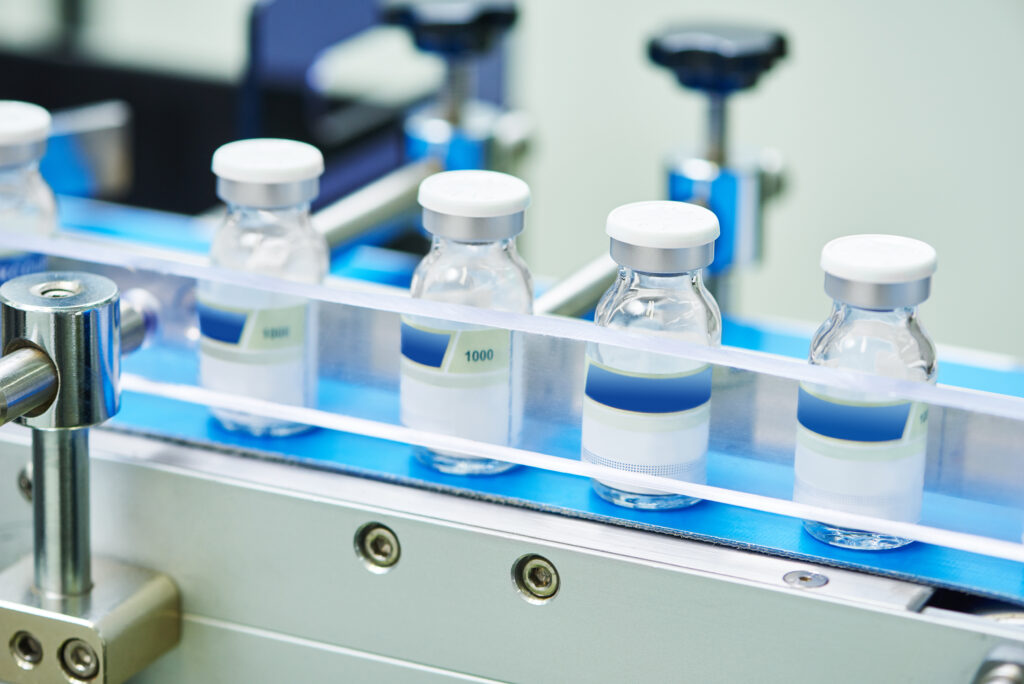
Whether a dosage form must be sterile prior to administration depends on its route of administration. Parenteral products such as injectable formulations, ophthalmic formulations, otic formulations, and aqueous inhalation products must be sterile prior to use. Oral solid dosage (OSD) and oral liquids, topical, vaginal and anal suppositories on the other hand need not be […]
Overcoming Key Challenges in Developing Fixed-Dose Combination Tablets

Fixed dose combination products are dosage forms containing two or more active pharmaceutical ingredients. Including more than one active ingredient in the same dosage form has shown to increase the effectiveness of treatment for infective diseases such as HIV and tuberculosis and also chronic conditions such as blood pressure and diabetes, where patient compliance is […]
Why CMC Experts Are Crucial for Successful Drug Development

The acronym CMC stands for Chemistry, Manufacturing, and Controls and is widely used in the pharmaceutical industry and by regulatory bodies including the US FDA. The discipline of CMC includes formulation development, drug substance and drug product manufacturing, pharmaceutical analytical testing, and the overall control strategy used to ensure quality and regulatory compliance of pharmaceutical […]
Stability Testing for Pharmaceutical Drug Products
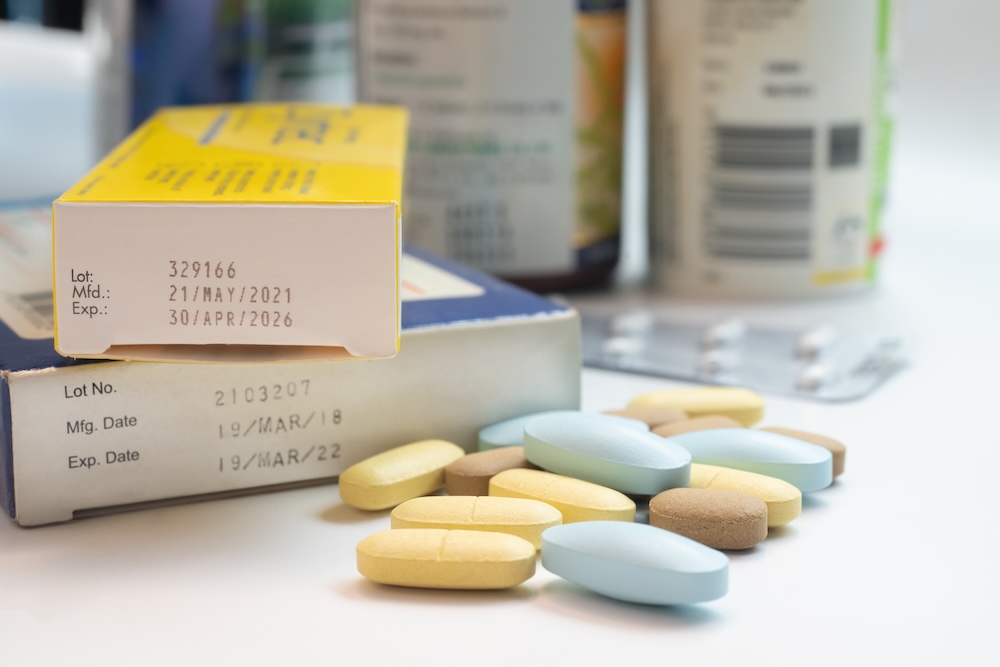
Establishing shelf life for medicines is a requirement prior to commercializing medicine or initiating clinical trials. Requirements vary for approved pharmaceutical products, compounded medicine, or dietary supplements. Stability testing is performed on pharmaceutical products during drug development and through the life of the product to establish and verify the shelf life of the product. Packaged […]
What is an IND?
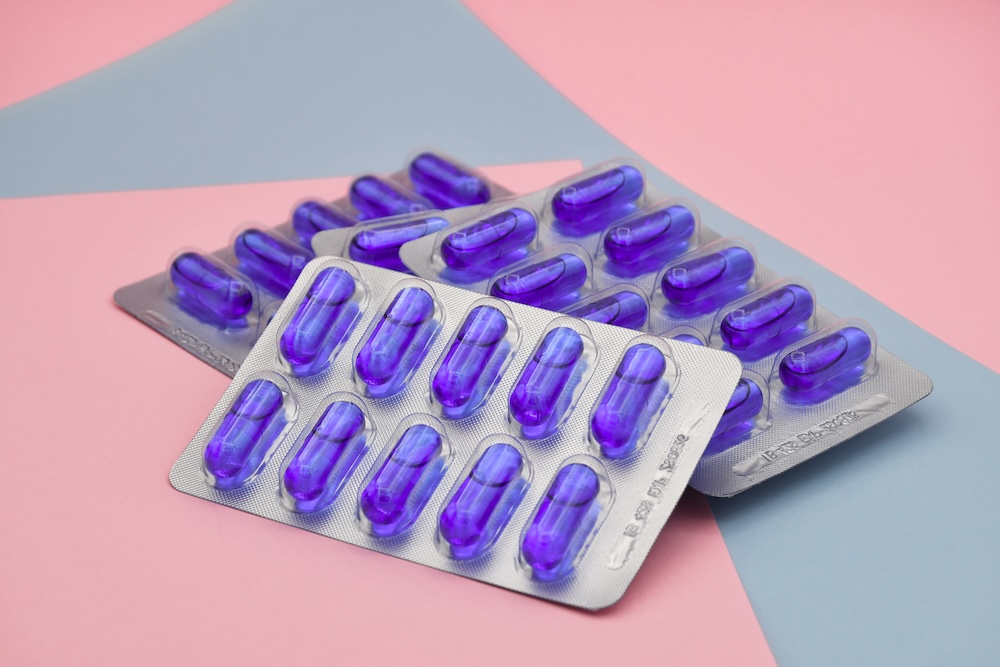
An IND is an Investigational New Drug Application that is required by a clinical study sponsor to obtain authorization from the Food and Drug Administration (FDA) to perform human clinical studies for investigational drug or biological product. This is federally mandated, and the requirements are set forth in 21 CFR Part 312. Why are INDs […]
CDMO vs CMO vs CRO: Key Differences

In the pharmaceutical industry, CROs refer to contract research organizations that provide clinical trial services and non-clinical toxicology services to clients. On the other hand, CMOs and CDMOs refer to Contract Manufacturing Organizations and Contract Development and Manufacturing Organizations that primarily provide drug manufacturing and drug development services. For small or mid-sized pharma companies looking […]
Gels, Creams, Lotions, and Ointments: Key Benefits and Differences
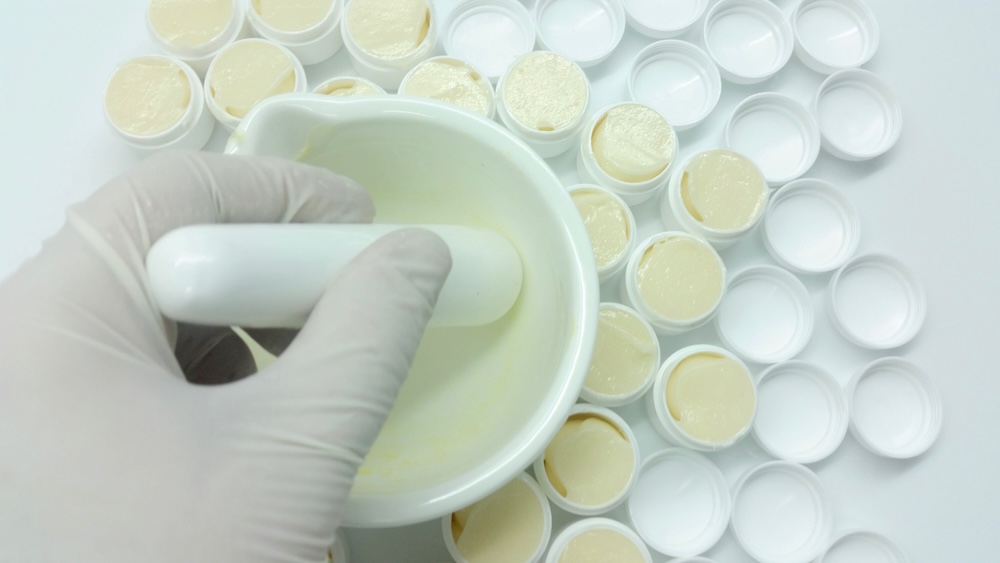
Semi-solid dosage forms are a class of pharmaceutical formulations that exist in a state between solid and liquid, exhibiting characteristics of both. These dosage forms are widely used in various applications, particularly in topical and transdermal drug delivery. Semi-solid dosage forms, such as gels, creams, lotions and ointments, are topical formulations designed for application to […]
505(b)(1) vs 505(b)(2): Understanding the Key Differences in FDA Drug Approval Processes
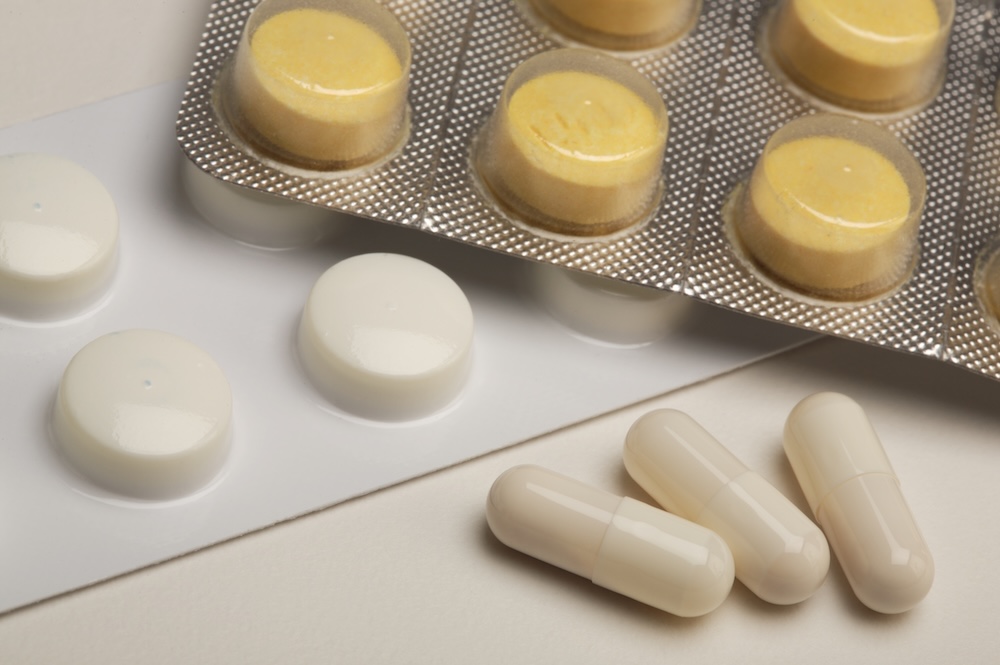
The 505(b)(1) pathway is typically used for new drugs with active ingredients that the FDA has not previously approved. This pathway requires a full New Drug Application (NDA) supported by detailed safety and efficacy data from extensive preclinical and clinical trials conducted by or on behalf of the applicant. In contrast, the 505(b)(2) pathway allows […]
Patient Compliance Through Drug Delivery Systems

Lack of patient compliance in medication is a major cause of poor health outcomes. There are a variety of reasons that contribute to this lack of patient compliance. Forgetfulness, adverse side effects, lack of access to medicine, high cost, inability to swallow large tablets or capsules, fear of needles, and poor taste are all reasons […]

